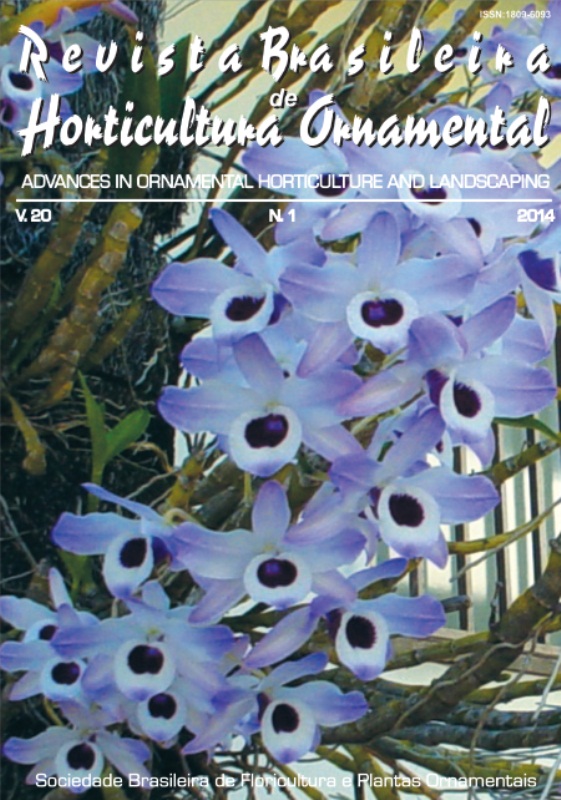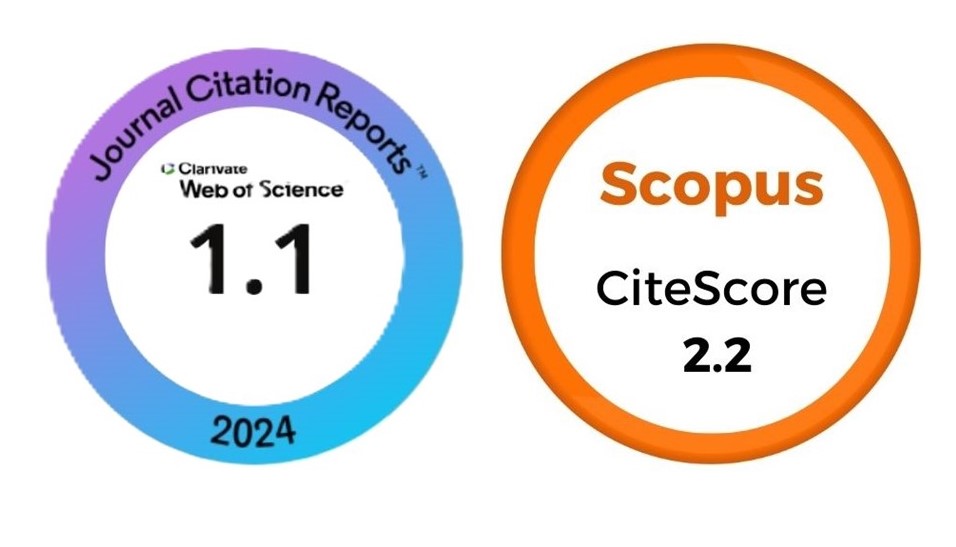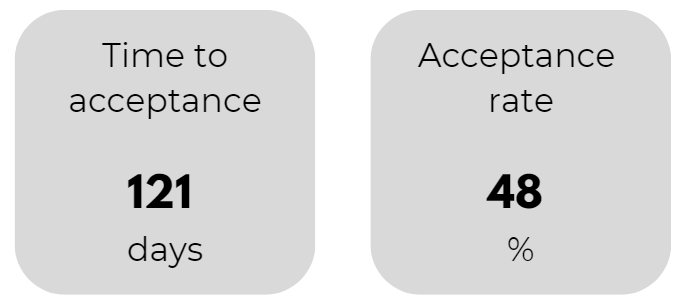Occurrence and damage caused by Pygiopachymerus lineola (Chevrolat, 1971) (Coleoptera: Chrysomelidae: Bruchinae) in Cassia fistula L. (Caesalpiniaceae: Caesalpinioideae) fruits in Maceió, Brazil
DOI:
https://doi.org/10.14295/rbho.v20i1.449Keywords:
eed predators, bruchines, oviposition.Abstract
Cassia fistula L. (Caesalpiniaceae: Caesalpinioideae) is an ornamental plant popularly known by golden–shower, Indian– laburnum or purging–cassia; in Brazil it is named canafístula, cássia–imperial or cássia–chuva–de–ouro. Native to Asia, it also occurs in the Americas and Africa, being one of the most used in landscaping projects, seedling production and urban forestry in Brazil by the large yellow hanging beauty flowers. It is known that many tree species have their seeds significantly damaged by several insect groups, especially seed beetles (Coleoptera: Chrysomelidae: Bruchinae), that become the seeds unviable and consequently diminishing the seedlings production. The objective of this study was to determine the natural control agents of the C. fistula seeds (seed predators) through the determination of species involved in the predation, the ratio of egg viability and description the some biological functions aspects (feeding and reproduction). The work was conducted at the Entomology Laboratory, Natural History Museum, Federal University of Alagoas, Maceió. Were collected from each plant of C. fistula 20 fully developed pods and with dried eggs on its surface. The insects were placed in 70% alcohol and identified to the species level. In the sample A, 89% of string beans showed the predation phenomenon; in B, 95%; and C, 88%. The hole numbers / pod in samples A, B and C were respectively: 3–26, 1–19 and 1 to 18. The predator numbers / pod were: in A, 10 to 26; in B, 1–8; and in C, 2 to 14. The three samples showed high positive correlation (r > 0.8), revealing that the number of holes is very close to the number of insects that emerged from the pods. Viable eggs occurred in the 84.2% of pods in A, 100% in B, and 83.3% in C.








